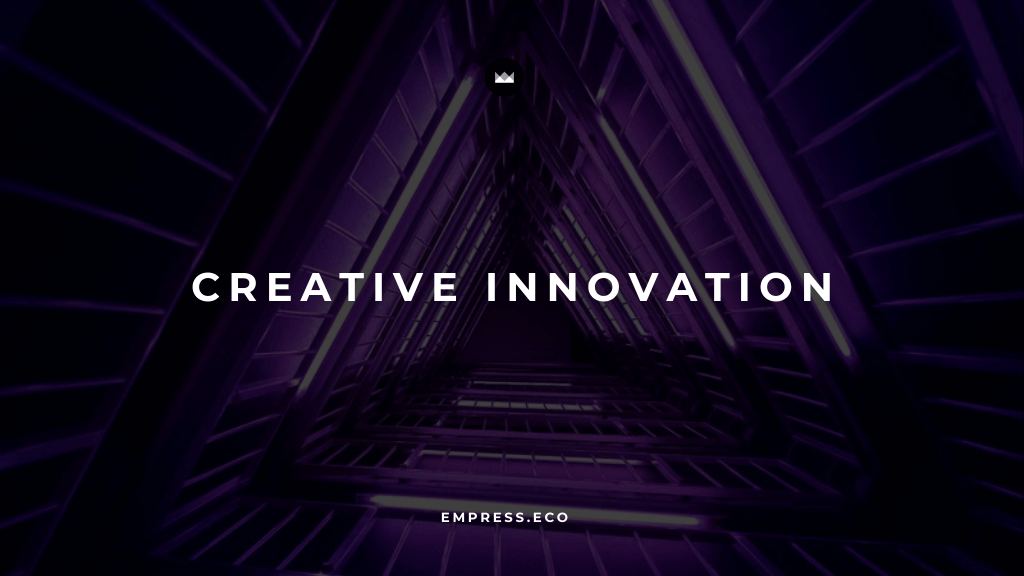
Innovate Design with DADA’s Advanced Creative Technology Solutions
Exploring the role of AI, machine learning, and emerging technologies in creative design.
Table of Contents
As technology continues to advance, the field of design is undergoing a significant transformation. Artificial intelligence (AI), machine learning (ML), and other emerging technologies are redefining the creative process, offering new tools and possibilities for designers. This blog explores how these technologies are shaping the future of design and provides insights into leveraging them effectively.
1. Understanding the Impact of Technology on Design
The integration of AI, ML, and emerging technologies into the design process is revolutionizing how designers work, create, and collaborate. These technologies are not only enhancing efficiency and productivity but also expanding the horizons of creativity and innovation. By automating repetitive tasks and providing new ways to visualize and manipulate designs, these tools allow designers to focus more on the creative aspects of their work.
2. Benefits of Technology in Creative Design
Enhanced Efficiency and Productivity
AI and ML can automate repetitive and time-consuming tasks, allowing designers to focus on more complex and creative aspects of their work. Tools like Adobe's Auto Selection and Content-Aware Fill in Photoshop streamline processes that once took hours, enabling designers to work faster and more efficiently .
Unlimited Creative Exploration
Generative AI tools enable designers to experiment with new ideas and concepts quickly. By generating images, layouts, and design elements based on simple text prompts, these tools open up new avenues for creativity and innovation . Designers can now explore multiple design variations in a fraction of the time it would take manually, pushing the boundaries of what is creatively possible.
Improved Design Precision
Technologies like AR and VR allow designers to create immersive and interactive experiences that go beyond traditional 2D interfaces. These tools enable precise visualization and manipulation of design elements in real-world contexts, enhancing the overall design quality . For example, designers can use AR to see how a piece of furniture would look in a client's home or use VR to walk through a virtual prototype of a new building.
Greater Accessibility and Inclusivity
AI-powered tools can help ensure that designs are accessible to a wider audience by automatically checking for issues like readability and color contrast. This not only makes design more inclusive but also ensures compliance with accessibility standards . By integrating these checks into the design process, designers can create more inclusive and user-friendly products.
3. Key Technologies Shaping the Future of Design
Artificial Intelligence and Machine Learning
AI and ML are transforming the creative process by providing tools that can analyze trends, suggest design elements, and even generate basic layouts. These technologies augment human creativity and streamline workflows, making design more efficient and innovative .
Examples of AI Applications:
- Generative AI: Tools like Adobe Firefly generate images and design elements based on text prompts.
- Machine Learning: Algorithms that refine data into actionable insights, helping designers make informed decisions .
Augmented Reality (AR) and Virtual Reality (VR)
AR and VR are revolutionizing digital design by creating immersive and interactive experiences. These technologies allow designers to visualize and manipulate design elements in a 3D space, providing a more engaging and realistic experience for users .
Examples of AR/VR Applications:
- AR Furniture Visualization: Apps like IKEA Place enable users to visualize furniture in their own homes.
- VR Showrooms: Virtual spaces where users can explore products and services in an immersive environment .
Emerging Technologies
Other emerging technologies, such as blockchain, spatial computing, and Web 3.0, are also influencing the design landscape. These technologies offer new ways to create, share, and interact with digital content, pushing the boundaries of what is possible in design .
Examples of Emerging Technologies:
- Blockchain: Enhances transparency and security in design transactions.
- Spatial Computing: Allows for the creation of responsive and adaptive environments .
4. Implementing Technology in the Design Process
Embrace Data-Driven Design
Leverage data to inform your design decisions. Analyzing user behavior, market trends, and design performance can provide valuable insights that guide your creative process.
Steps to Implement Data-Driven Design:
- User Testing: Gather feedback on design prototypes to refine and improve them.
- A/B Testing: Experiment with different design variations to determine what works best.
- Analytics Tools: Use tools like Google Analytics to track design performance and identify areas for improvement .
Foster Collaboration and Innovation
Encourage collaboration across teams and departments to integrate diverse perspectives and expertise. Creating an environment that supports experimentation and learning from failures is crucial for fostering innovation.
Collaboration Tips:
- Cross-Functional Teams: Form teams with members from different departments to bring varied perspectives.
- Brainstorming Sessions: Host regular brainstorming sessions to generate new ideas.
- Open Communication: Promote open communication to ensure that everyone has a voice .
Invest in Continuous Learning
Stay updated with the latest technological advancements and design trends. Invest in training and resources to help your team adapt to new tools and methodologies.
Learning Tips:
- Online Courses: Enroll in courses that focus on emerging technologies in design.
- Industry Conferences: Attend conferences and workshops to learn from industry experts.
- Professional Networks: Join professional networks and communities to stay informed and connected .
5. Case Studies: Successful Integration of Technology in Design
Adobe’s Use of Generative AI
Adobe has successfully integrated generative AI tools into its design software, enabling designers to generate images, layouts, and other design elements quickly and efficiently. This has enhanced creativity and streamlined workflows for designers worldwide .
IKEA’s AR Furniture Visualization
IKEA’s AR app allows users to visualize furniture in their own homes, enhancing the shopping experience and helping customers make informed decisions. This innovative use of AR has set IKEA apart in the retail industry .
Conclusion
Technology is shaping the future of design by providing new tools and possibilities for creativity and innovation. By leveraging AI, ML, AR, VR, and other emerging technologies, designers can enhance efficiency, explore new creative avenues, and create more immersive and engaging experiences.
As the digital landscape continues to evolve, embracing these technologies will be crucial for staying competitive and achieving long-term success. Start integrating technology into your design process today to unlock new levels of creativity and innovation.
Empress Newsletter
Join the newsletter to receive the latest updates in your inbox.







